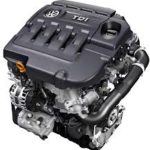What is dry sump and what is it used for?
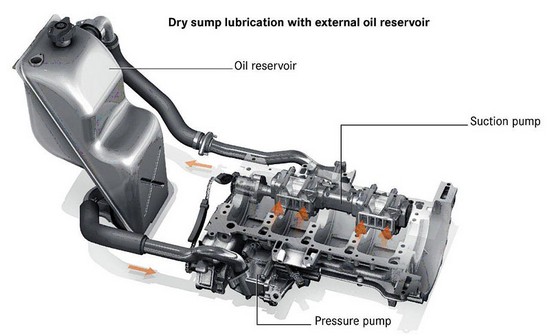
Sometimes it is possible to read that the engine has a "dry sump". This is usually a solution for expensive and fast cars. What does dry sump mean and why is it used?
The vast majority of passenger car engines have a conventional crankcase lubrication system. This means that the engine has an oil fill in the lower cover, ie the crankcase. From there, engine oil is transported to the moving engine parts via an oil pump. The oil pump sucks engine oil through a suction cup with a sieve immersed in the oil. Simple and functional solution, and most of all, a reliable engine lubrication solution.
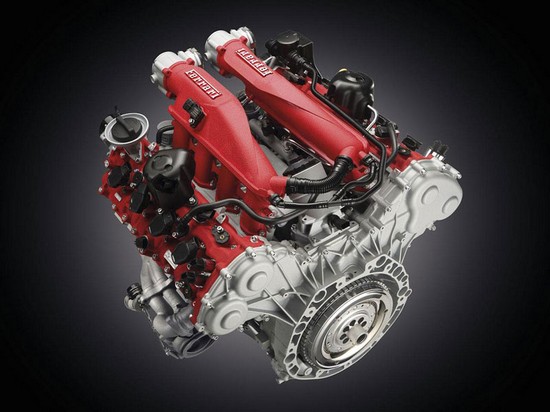
The described and generally accepted lubrication concept is unfortunately not very appropriate where significant dynamic forces are exerted on the vehicle. For very fast cars, mainly supersports and race cars, it is possible for the crankcase oil to move to one side or the other of the oil pan while driving in a curve due to considerable centrifugal force. At that point, the suction pan could run out of oil, so that the oil cougar would draw in air instead of engine oil. This would reduce the lubrication efficiency. Simply theoretically, the engine would virtually run dry over a period of time.
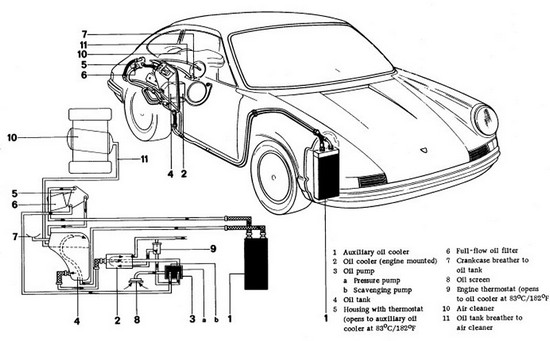
The movement of oil in the crankcase is prevented by partitions. However, bulkheads are only effective at certain speeds and certain centrifugal forces. If these values are exceeded, the oil starts to move through the crankcase.
There is a solution - dry sump
To provide lubrication even at high dynamic forces acting on the vehicle while driving, sports car engines use a dry sump. What exactly is this about? Namely, the oil is not stored in the lower bonnet, ie. crankcase, already in an externally located reservoir somewhere near the drive unit in the engine compartment, while the lower engine cover is usually just a flat cover. Thanks to this, the engine can also be located in the lower body, which reduces the center of gravity of the vehicle.
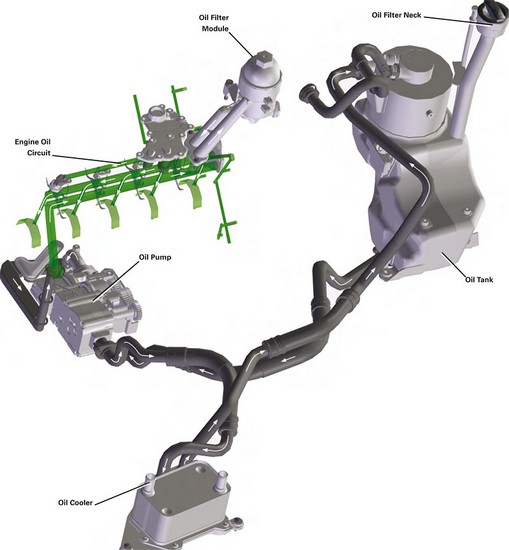
Dry carrot uses Audi R8 FSI with eight cylinders. The rest to say about the oil pump. This is a Sport Audi engine, which is surprisingly mechanically driven. There is also an oil filter, located between two rows of cylinders. In a well accessible place. An eight-cylinder Audi oil pump sucks the oils through a heat exchanger located to the left of the engine to lower the oil temperature before entering the engine. Interestingly, the oil tank is located behind the rear bonnet of the R8 engine.
The replacement is more complicated
Dry sump lubrication has its own peculiarities when changing the oil. Oil must therefore be emptied from both the oil tank and the engine. In the second case, as many as four shouts must be dismantled for an eight-cylinder Audi. Of course, the oil gauge does not go into the engine, but into the oil tank. Which cars use dry sump: BMW M5, M6, Ferrari 488 GTB, Porsche 911.
Recommendation of similar texts:

Hi there, I am Mladen and I am an auto enthusiast. I started this blog years ago to help like minded people share information about latest cars, car servicing ideas, used car info, exotic cars, and auto technology. You will find helpful articles and videos on a wide variety of cars - Audi, Mercedes, Toyota, Porsche, Volvo, BMW and much more. Ping us if you have anything cool to share on latest cars or on how to make older cars more efficient, or just want to say hi!






